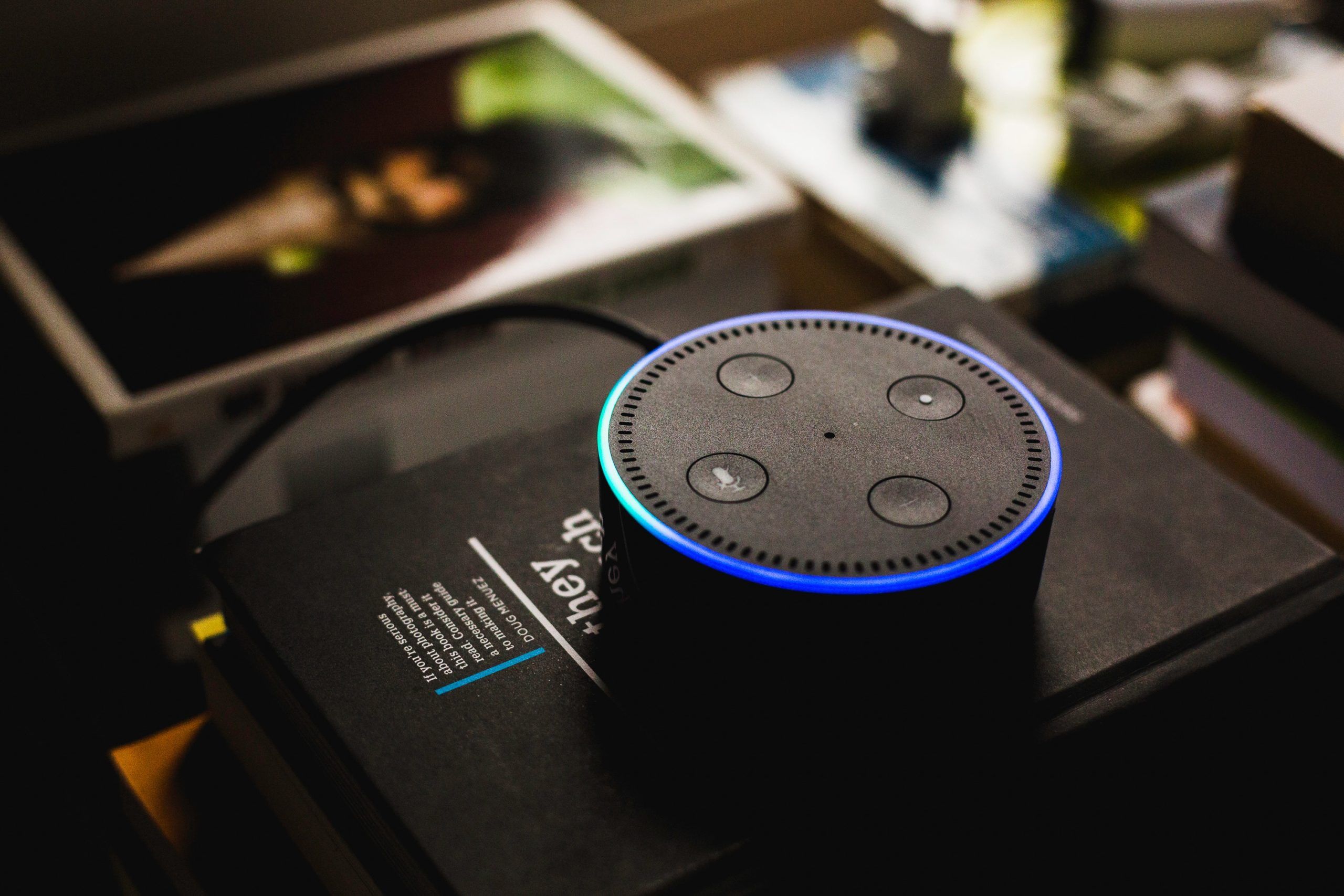
NEWS / VOICE
Something to chew on: Wrigley’s Extra Gum recently unveiled a mobile browser-based voice assistant, offering advice on life’s harder-to-swallow moments. Asking someone on a date. Breaking up with them. Negotiating a raise at work.
This article was originally posted on The Grocer here.
Something to chew on: Wrigley’s Extra Gum recently unveiled a mobile browser-based voice assistant, offering advice on life’s harder-to-swallow moments. Asking someone on a date. Breaking up with them. Negotiating a raise at work.
This type of cutesy, relationship-building voice service is great for brand love. However, it won’t change consumer preconceptions of voice assistants – nearly half (46%) still view them as a ‘novelty’.
But that’s being addressed. Google is putting significant resources into making voice a viable commercial prospect. CEO Sundar Pichai outlined the company’s strategy in 2017: “We are very focused on the consumer experience now… if you go and create experiences that work at scale for users, the monetisation will follow.”
Voice is likely to reach a critical mass of users in the near future: sales of smart speakers jumped by nearly 80% last year. As such, businesses that invest in well-considered transactional voice services that make sense will reap the benefits. The power of voice is that when it works well it is seamless and intuitive and uniquely suited to selling low-value items with a short purchase cycle. That describes fmcg to a T.
However, we’re still waiting on fmcg’s killer voice app. Brands are playing it safe, waiting for someone else in the sector to work out how to make voice a sales driver. When some innovative, brave brand does then there will be a charge to copy the formula.
Fmcg brands should be looking beyond their sector for inspiration. Domino’s released a voice assistant, Dom, on Amazon’s Alexa platform two years ago. Customers ask Alexa to ‘launch Domino’s’, which takes them to its cheeky AI employee. Dom takes your order, can answer queries and tracks your delivery. It’s simple, but that’s the point. Anyone can use it. It fulfils a need and drives purchase. It also builds a personal relationship with the brand; that’s the way brands work and why should voice be any different?
‘Dom’ shows that voice can lend an extra dose of humanity, and Wrigley’s demonstrates it can even save users a blush or three. There’s an opportunity here for all sorts of brands – especially those you might be too embarrassed to ask for at the counter! Just consider what Tampax, Durex or Anusol could do to offer confidential advice – especially if they then tie it into a drive to purchase, like Domino’s.
Other opportunities lie in branded services that people will find genuinely useful and return to time and again: inspiring recipes with an accompanying shopping list; nutrition and allergy advice, for example. Make something that becomes part of the daily routine and your brand becomes part of your customers’ lives.
At the moment, voice is a pull medium in fmcg rather than push – it’s used by curious folk rather than being the first port of call. Fmcg brands have to look beyond brand love and treat voice as a viable commercial proposition.
Rome wasn’t built in a day, but sometimes it doesn’t pay to wait. Many fortunes were built in frontier towns.

 NEWS
NEWS





